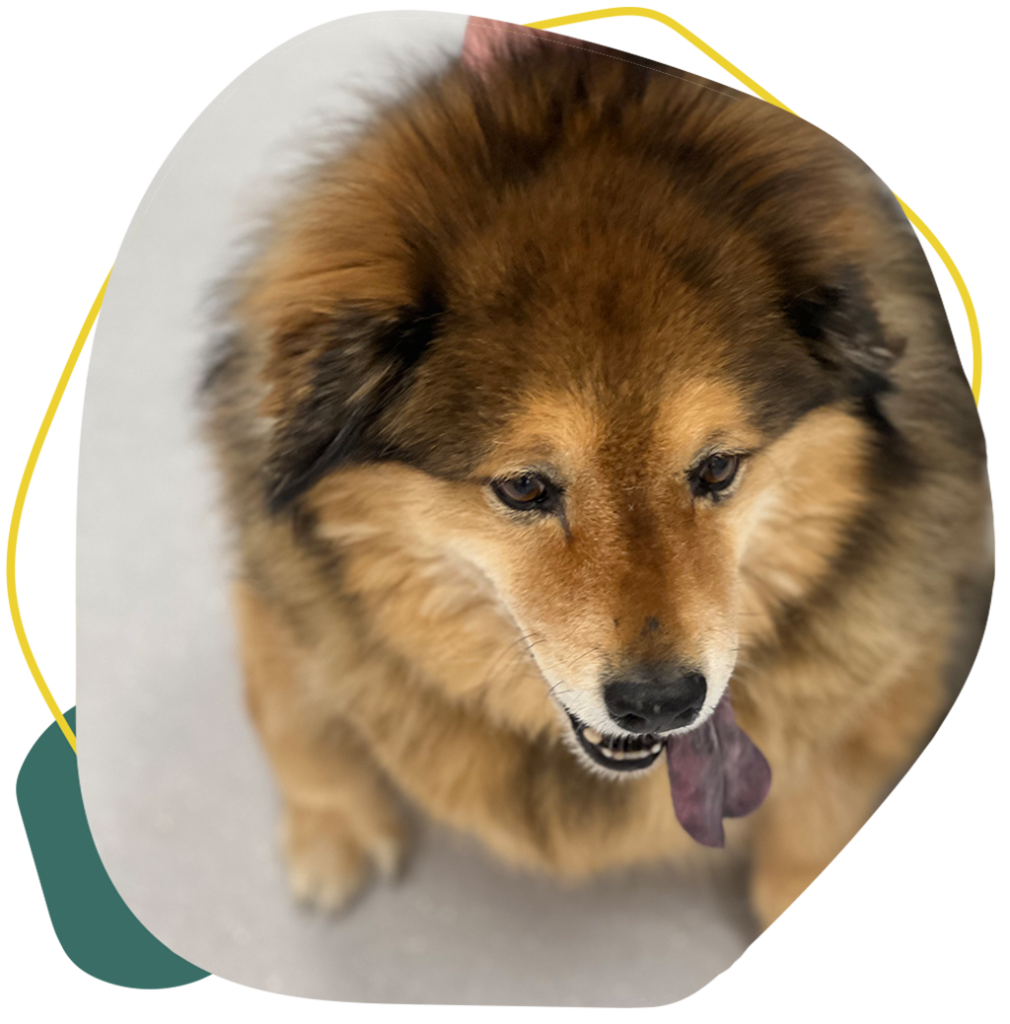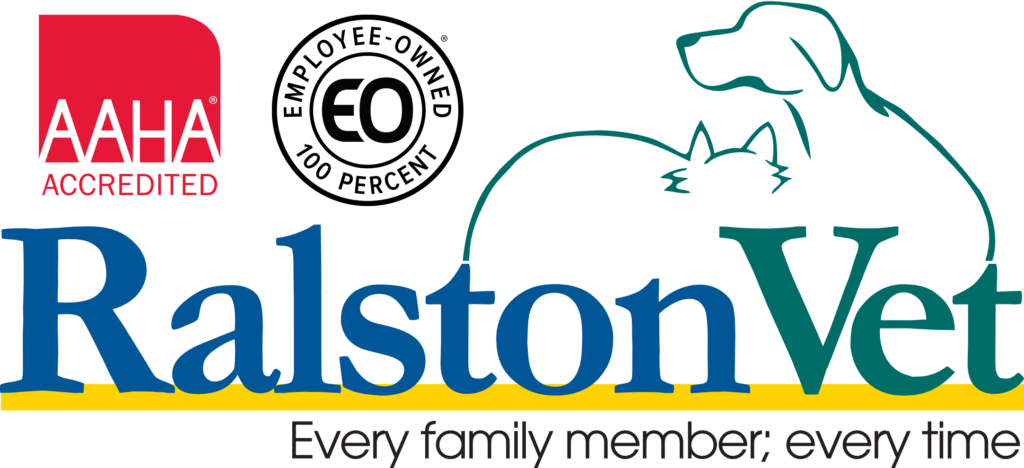

Dental Calculus in Dogs and Cats
Dental calculus and tartar are essentially the same- calculus and tartar are basically mineralized/hardened plaque. Plaque begins to form on teeth within hours after a meal and it is a slimy/gummy layer on the teeth made up of bacteria, saliva, and food particles (think of that “fuzzy” feeling on your teeth if you haven’t brushed in a few hours). With time, if the plaque on your pet’s teeth isn’t removed by brushing or mechanical removal, the salts in their saliva causes the plaque to harden into calculus/tartar. Calculus/tartar is a hard, porous, rough layer that is often yellow/green in color and can form above and below the gumline. Since this layer is roughened and porous, it is a perfect spot for plaque and bacteria to continue to accumulate leading to more and more tartar formation! And, the bacteria living on the calculus/tartar cause gingivitis, periodontal disease, etc…
SCHEDULE AN ORAL EXAM SCHEDULE A CLEANINGWarning Signs of Dental Problems
- Bad breath
- Tartar buildup on teeth (this is a yellow or brown build up at the base of the tooth).
- Changes in eating habits.
- Abnormal drooling.
- Gums bleeding.
- Tooth loss.
- Broken teeth.
- Retained baby teeth.
- Swelling or growth in mouth.
- Change in behavior.
What Does a Dental Procedure Look Like at Ralston Vet?
Ralston Vet’s dentistry procedures are performed under general anesthesia to complete a Comprehensive Oral Health Assessment and Treatment plan (COHAT). Before being placed under anesthesia, your doctor will have already reviewed your pet’s blood screening test results and performed a physical exam. Pre-anesthetic evaluation ensures the safest anesthetic plan for your pet’s needs.
Your doctor will complete a full oral exam, and your pet’s teeth will also be photographed, cleaned, probed, polished, and fully radiographed by a Licensed Veterinary Technician (LVT). An X-ray exam can reveal areas of decay, infection, abscesses, bone loss, and periodontal disease that cannot be seen on an oral exam.
During your pet’s procedure, their dedicated LVT also closely monitors anesthesia and the procedure’s progress. Once the comprehensive oral health assessment is completed and radiographs are reviewed, your doctor will contact you if your pet requires an additional treatment plan. Your pet may require tooth and gum treatments for extractions or oral surgery. These treatments may include extractions, bonded sealants, or periodontal therapy due to infections, abscesses, periodontal disease, resorptive lesions, cysts, abnormalities, or tumors.
If no other treatment plan is needed, your pet will begin the recovery process. Your pet will rest for a few hours in our quiet recovery room while being monitored by their recovery nurse (LVT). The recovery nurse will update you on your pet’s progress and the recovery plan, along with what time your pet will be able to go home.



